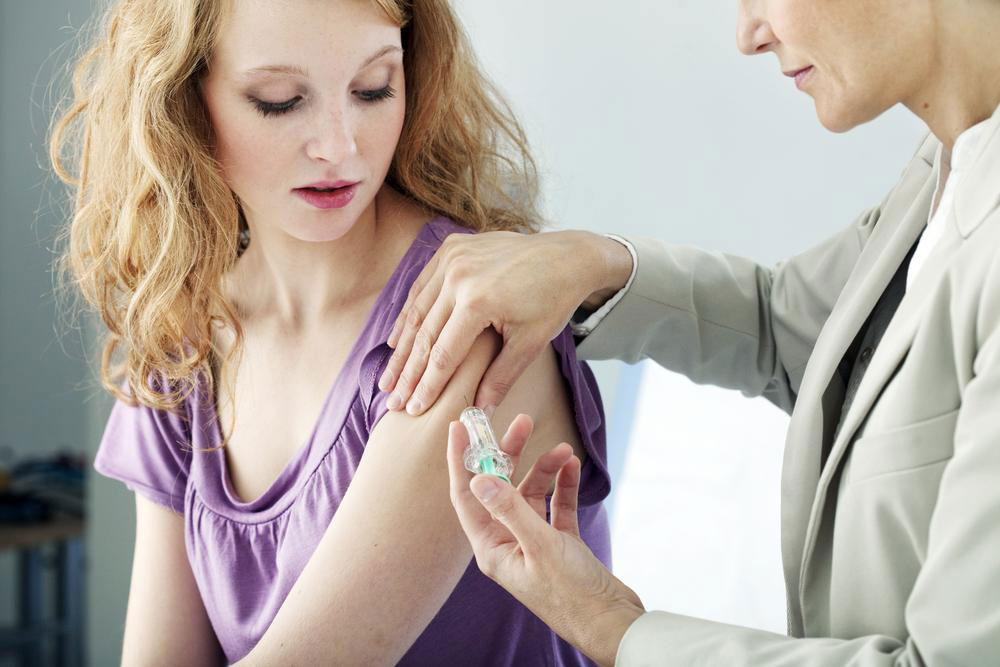Effectiveness and Types of Vaccination
Vaccination is the process of administrating the inactivated antigenic determinant. Vaccination is a preventive measure rather than a curative one. It prepares the immune cells of the body to fight against the antigen that invades and attacks the body tissues.
It was first developed by Edward Jenner by inoculating the cowpox pustules in a healthy individual who did not develop smallpox. Since 1798 the trend of vaccination has propagated to different corners of the globe.

Researchers have made a revolutionary approach of eradicating an outbreak of a few fatal diseases through vaccination. Vaccines are weakened or dead germs which themselves cannot cause the disease but can evoke the immune response. Through the administration of the vaccine, the defense mechanism is activated. This process is called immunization.
How does vaccination function?
A vaccine is made of biological determinants that aim to cope with the disease prior to its original occurrence. This is mediated by the part or the whole weakened microorganisms that cause the disease. This agent when subjected to the body stimulates the immune cells. Thereby, the immune cell identifies, destroys and remembers the antigenic determinant.
In the future, if the immune cells encounter the same antigen to invade they don’t spare time in the cumbersome process of analyzing the antigen determinant and prepare the antibodies. Instead, the immune system directly recognizes and commands to kill the antigen.
What are the types of vaccination?
There are a number of factors that determine the formulation of the vaccine. These are categorized into four major types, which are as follows:
- Live-attenuated vaccination is one where the vaccines are prepared from the attenuated or weakened antigens that cause the disease. These are live viruses that are capable of causing the disease. Since they are weakened, they restrict the occurrence of the disease. It develops immunity that lasts long. Majorly two does of the vaccines are required throughout the lifetime to get rid the instances of the disease. These vaccines are stored in a cool place.
- Toxoid vaccination uses the harmful substance or the toxin that is produced by the antigen that causes the symptoms of the disease to appear. It is not the germ but harmful metabolites that alert the immune system when the actual disease occurs. These vaccines are introduced with some of the booster shots that shield against the disease for long.
- The inactivated vaccine subjects the patient with a shot carrying killed pathogenic substance. They are less effective as compared to the live vaccines. Thus, it requires the accompaniment of booster shots to carry along the immunization process.
- Subunit, conjugate, recombinant vaccines are some of the other forms of vaccines that are made out of a specific segment of the causing pathogen. This substance can be a capsid, a protein, or a polysaccharide. This evokes a very effective immune response as the immune cells are targeted to attack by recognizing a specific segment of the germ. It also requires boosters on a regular basis.
What are the developments in vaccination?
- With the advancement of technologies, vaccination successfully is able to eradicate some of the fatal diseases.
- Nowadays the live-attenuated virus majorly used to provoke the immune response. Researchers and scientists have focussed to formulate a vaccine using the genetic material targeting to combat incurable disease like HIV.
- Some of the epidemic disease like leishmania and malaria are targeted with the new advancement in the vaccines.
- Delivery techniques are improvised. There is no use of using shot administration; instead, the vaccination is given by inhaling the vaccine through a nasal spray focused to treat influenza.




